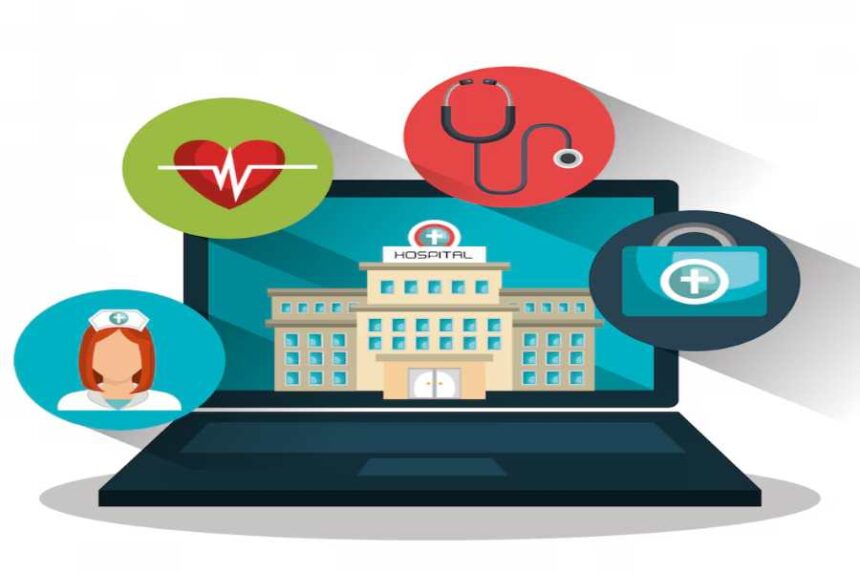Access to healthcare has long been a challenge for many urban communities across the country, and Collinwood is no exception. Many families struggle with transportation issues, long wait times, and a shortage of nearby healthcare providers. These barriers make it difficult for parents to schedule timely medical appointments for their children, leading to untreated illnesses and worsening health conditions.
Fortunately, telemedicine advances are transforming how families receive care, making it more convenient, efficient, and accessible. Through Pediatric Virtual Visits, parents can now consult with healthcare professionals from their homes, eliminating many obstacles that once stood in the way of quality medical care.
The Challenge of Healthcare Access in Urban Neighborhoods
Many families in urban areas face significant challenges when trying to access healthcare. Like many other neighborhoods, Collinwood has a high demand for medical services but often lacks an adequate number of healthcare providers within a convenient distance. For parents without reliable transportation, getting to a doctor’s office can become a logistical nightmare, requiring them to juggle work schedules, school drop-offs, and long travel times just for a routine checkup.
Even when transportation is not an issue, appointment availability can be another roadblock. Many clinics and pediatric offices are overbooked, forcing parents to wait days or weeks for an available slot. This delay can be especially concerning for children who need immediate care for minor illnesses that could worsen if left untreated. The result is that many families turn to emergency rooms for non-urgent medical needs, further straining hospital resources and leading to high medical bills.
Language barriers, financial constraints, and a lack of health insurance coverage also contribute to the difficulty of accessing healthcare in urban areas. These obstacles can prevent children from receiving necessary vaccinations, checkups, and early medical interventions, which are crucial for long-term health and development. With so many challenges in place, a better and more efficient solution is necessary—and telemedicine is proving to be just that.
How Telemedicine is Filling the Gap
Telemedicine is revolutionizing healthcare by removing many barriers that traditionally prevent families from accessing timely medical care. Parents can connect with pediatricians and other healthcare providers through virtual doctor visits without leaving their homes. This technology is particularly valuable for communities like Collinwood, where getting to a clinic can be difficult and time-consuming.
One of the most significant benefits of telemedicine is its ability to reduce wait times. Parents can schedule a virtual visit much sooner instead of waiting weeks for an in-person appointment, often within the same day. This quick access to healthcare ensures that children receive the treatment they need before their condition worsens. It also allows parents to address minor health concerns—such as cold symptoms, rashes, or infections—without unnecessary trips to the emergency room.
Additionally, telemedicine makes healthcare more affordable. Many virtual consultations cost significantly less than in-person visits, making it a budget-friendly option for families with or without health insurance. By cutting down on transportation costs, time off work, and expensive ER visits, telemedicine helps families save money while prioritizing their children’s health.
The Future of Healthcare in Urban Communities
The rise of telemedicine is not just a short-term solution—it is shaping the future of healthcare in urban areas. As technology improves, more medical providers integrate virtual care into their practice, making it a standard part of modern healthcare. In the coming years, we can expect telemedicine to expand even further, offering specialized services such as mental health counseling, nutrition consultations, and chronic disease management.
For communities like Collinwood, this shift towards telehealth could significantly improve overall public health. Families who once struggled to access medical care can now receive timely treatment, reducing the prevalence of preventable illnesses and hospitalizations. Schools may also benefit, as healthier children mean fewer absences and better academic performance.
Ultimately, telemedicine is proving to be a game-changer for urban communities. It breaks down barriers, provides equitable access to healthcare, and ensures that no child goes without the medical attention they need. As more families embrace this innovative approach, neighborhoods like Collinwood will move closer to a future where quality healthcare is accessible to all.




